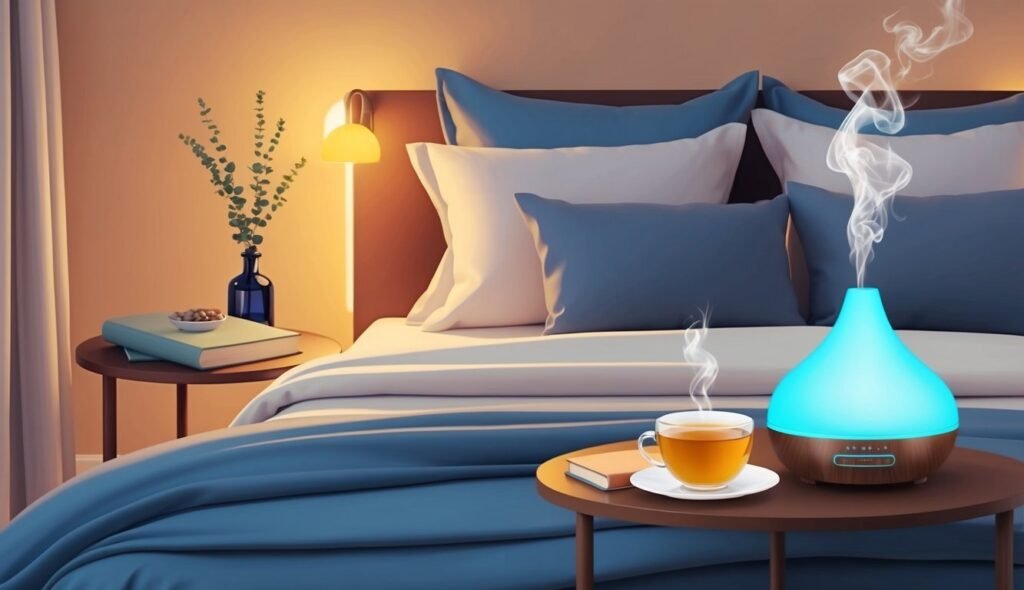I know how frustrating it can be to toss and turn at night, wishing for a good night’s sleep.
A lack of quality sleep can impact my mood, productivity, and overall well-being.
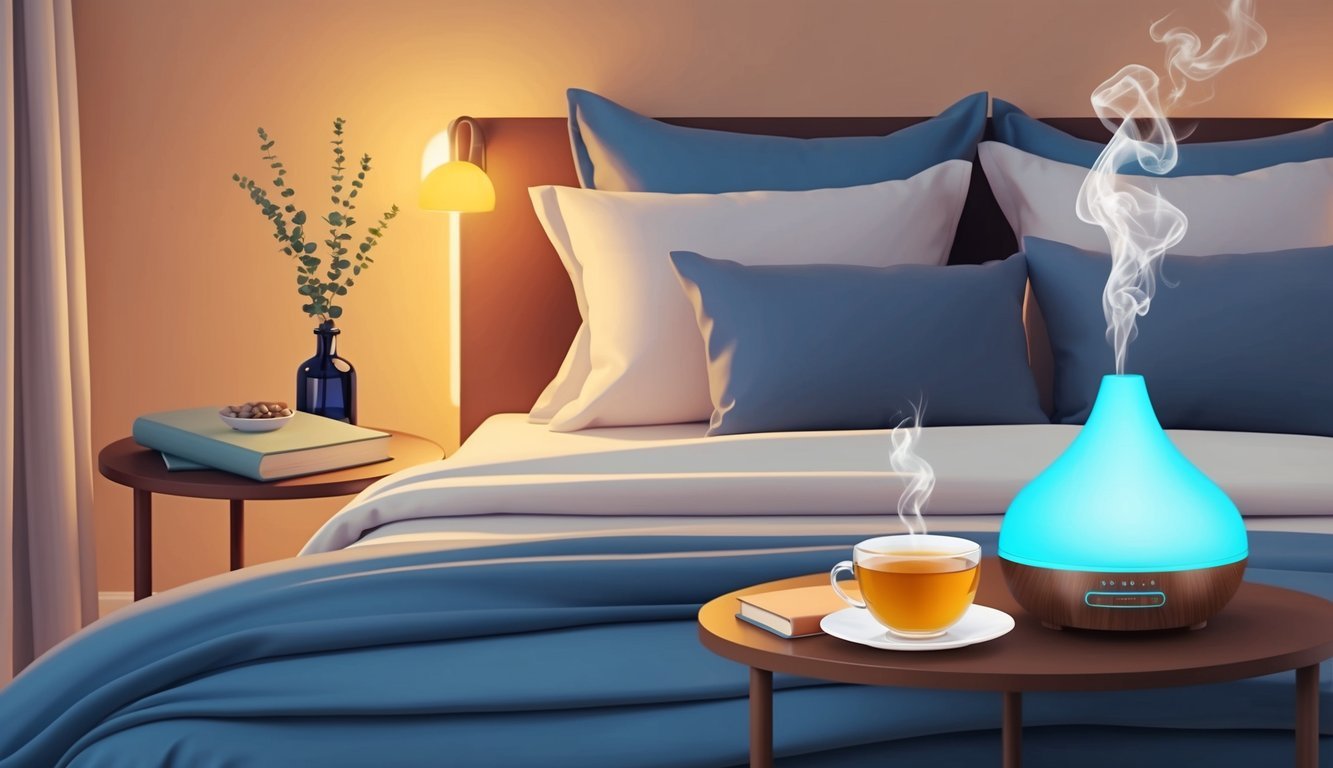
Over the years, I’ve discovered several tips that not only help me fall asleep faster but also keep me from waking up groggy.
By making small adjustments to my routine, I’ve been able to create an environment that promotes better sleep.
It’s all about establishing good habits and understanding what works for me.
1) Stick to a Sleep Schedule
I’ve found that sticking to a consistent sleep schedule is one of the best moves I can make for better sleep.
My body thrives on routine, so going to bed and waking up at the same time every day really helps.
Even on weekends, I try to keep my sleep times consistent.
This keeps my internal clock running smoothly, making it easier to fall asleep and wake up feeling refreshed.
If I need to adjust my sleep times, I do it gradually.
I change my bedtime or wake time by just 15 or 30 minutes each day.
It’s a simple way to adapt without feeling too groggy.
When I maintain my schedule, I notice improvements not just in my sleep quality but also in my mood and energy levels throughout the day.
Keeping my sleep routine steady has been a game changer for my overall well-being.
Create a Relaxing Bedtime Routine
Establishing a relaxing bedtime routine has been a game changer for me.
I like to start winding down about an hour before bed.
This helps signal my body that it’s time to relax.
I turn off bright lights and switch to softer lighting.
Dimming the lights creates a cozy atmosphere that really helps me unwind.
I also pull down blackout curtains to keep the room dark.
I find that setting the thermostat between 65 to 68 degrees Fahrenheit makes my bedroom feel comfortable.
A cool environment can really enhance sleep quality.
To calm my mind, I practice relaxation techniques like deep breathing or light stretching.
I spend about 10-15 minutes on this, which helps ease any tension I might be holding onto.
Sometimes, I enjoy quiet reading or listening to soothing music to really get into a restful state.
This part of my routine keeps me from worrying about the day or whatever I need to do tomorrow.
Finally, I set a consistent bedtime.
Having a regular sleep schedule makes it easier for my body to know when it’s time to sleep.
Limit Exposure to Screens Before Bed
I’ve noticed that limiting my screen time before bed can really impact how well I sleep.
The blue light emitted by screens can interfere with my body’s natural sleep-wake cycle.
It’s easy to get caught up in social media or binge-watching, but I’ve found that it’s better to turn off my devices at least 30 minutes before bedtime.
Instead, I try to read a physical book or engage in calming activities.
This gives my mind a chance to unwind and signals to my body that it’s time to sleep.
Some studies suggest that those bright screens could disrupt melatonin levels, which makes it harder for me to fall asleep.
When I do use my devices, I enable night mode or blue light filters to reduce strain on my eyes.
Even so, I still prefer to set them aside when possible, as it helps me feel more relaxed.
Remembering to put my phone away also helps me resist the urge to check messages when I wake up at night.
This simple routine has made a noticeable difference in how refreshed I feel in the morning.
4) Watch Your Caffeine Intake
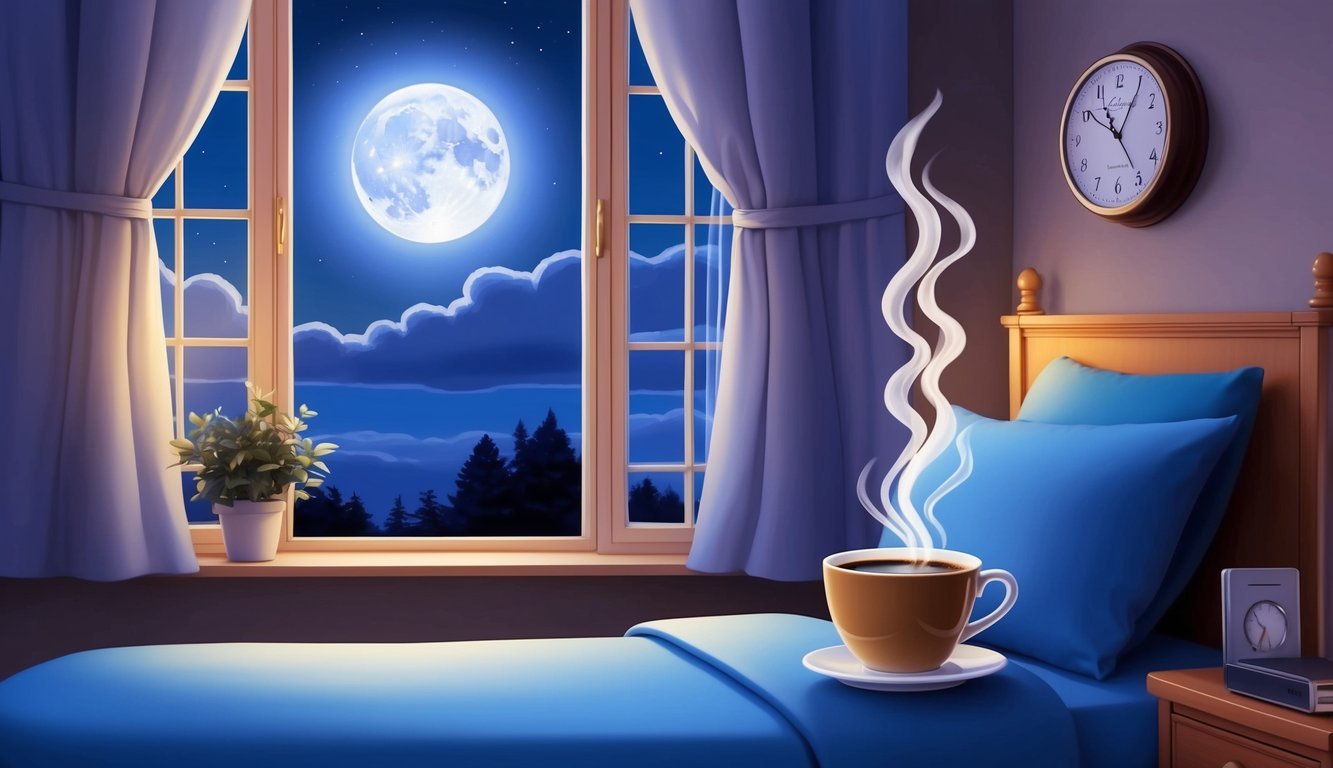
I’ve learned that managing my caffeine intake can significantly impact my sleep quality.
Caffeine keeps me awake by blocking adenosine, a chemical that helps me feel sleepy.
I try to avoid caffeine at least eight hours before bedtime.
This simple change has made a noticeable difference in how easily I fall asleep.
Some days, I find myself reaching for that extra cup of coffee.
If I notice signs of insomnia or anxiety, I reduce my daily caffeine.
The FDA suggests keeping my intake below 400 milligrams, which is about four cups of coffee.
Being mindful of caffeine helps me wake up feeling refreshed.
I prefer to enjoy caffeinated drinks earlier in the day and switch to herbal teas by the evening.
Doing this lets my body relax and prepares me for a good night’s sleep.
5) Exercise Regularly but Not Before Bed
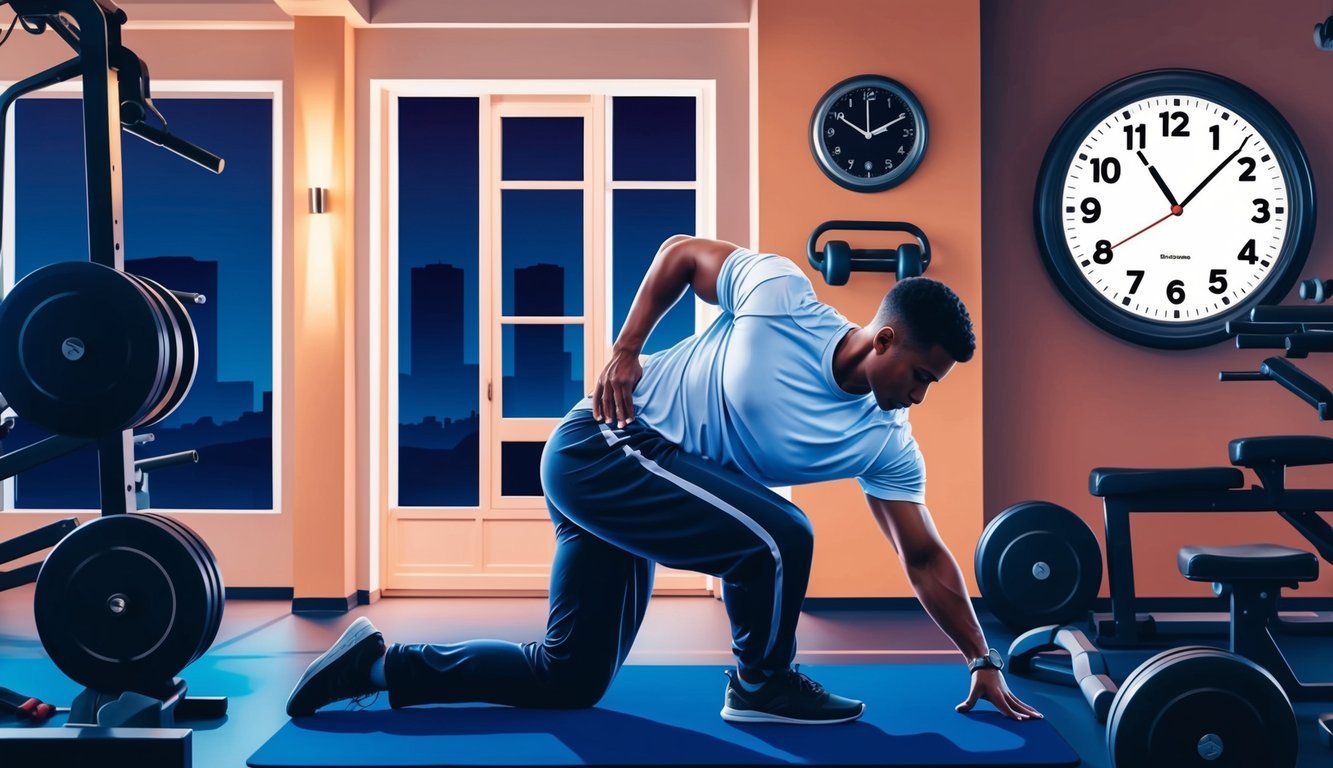
I’ve found that incorporating regular exercise into my routine has made a noticeable difference in my sleep quality.
Engaging in physical activity helps release endorphins, which uplift my mood and reduce stress.
It’s amazing how just a little movement can transform my mindset.
However, timing matters.
I make sure to finish my workouts at least a few hours before bedtime.
Exercising too close to sleep can leave me feeling energized and wide awake, making it tougher to wind down.
Moderate aerobic exercise is particularly beneficial.
I try to include at least 30 minutes of activities like jogging, cycling, or even brisk walking throughout the day.
I’ve noticed that when I do this regularly, it helps me fall asleep faster and enjoy deeper rest.
Also, it’s essential to find a routine that works for me.
Whether it’s a morning jog or an afternoon gym session, consistency is key.
Keeping my body active during the day sets the stage for a more restful night.
6) Create a Comfortable Sleep Environment
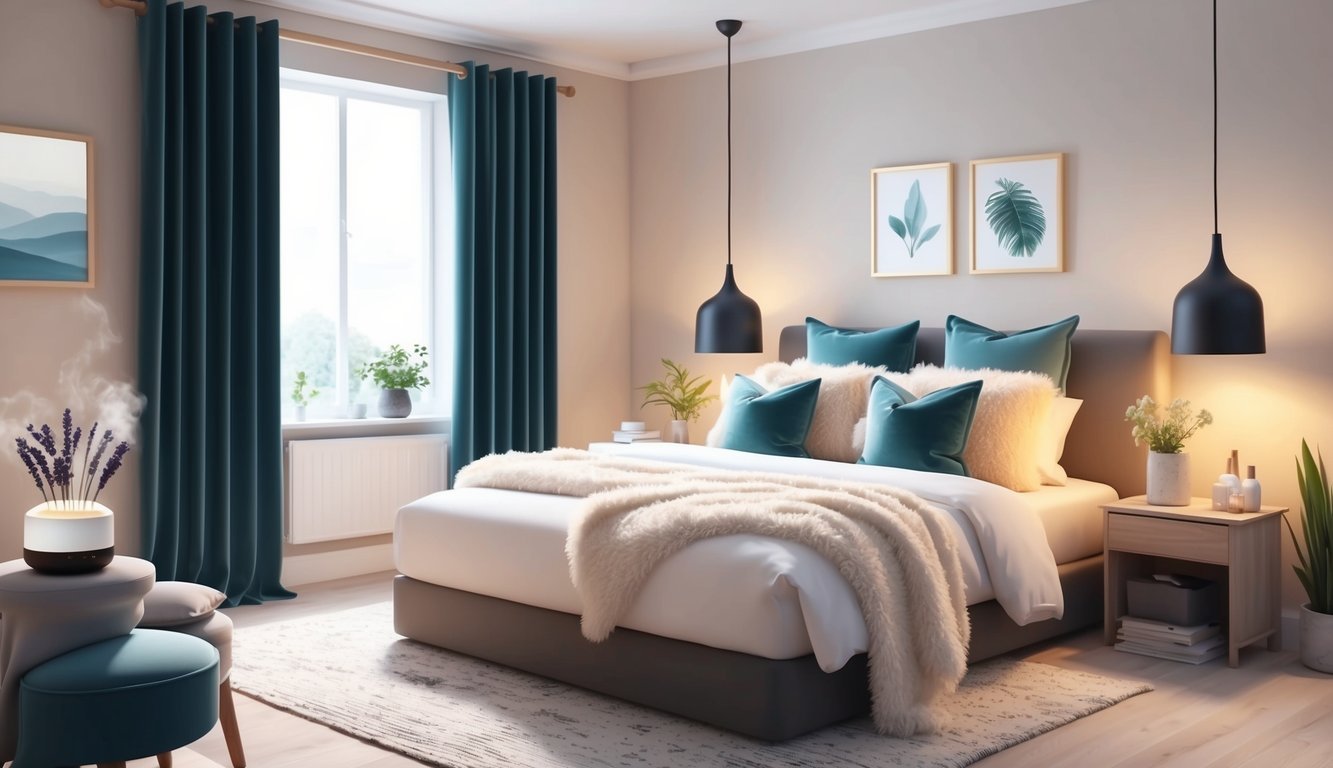
I’ve found that the right sleep environment makes a big difference.
First, I keep my bedroom cool.
A temperature around 65 degrees Fahrenheit works best for me, but I know some people prefer it a bit warmer or cooler.
It’s also essential to declutter the space.
I notice that when my room is tidy, I feel more relaxed.
A clean and organized area really sets the mood for a good night’s sleep.
Investing in quality bedding has helped me, too.
Soft sheets and a cozy blanket make my bed feel inviting.
I often choose materials like cotton or linen for a breathable feel.
Finally, I dim the lights as bedtime approaches.
Soft lighting helps signal to my body that it’s time to wind down.
With these simple adjustments, I’ve been able to create a more comfortable and restful sleep environment.
7) Manage Stress Through Relaxation Techniques
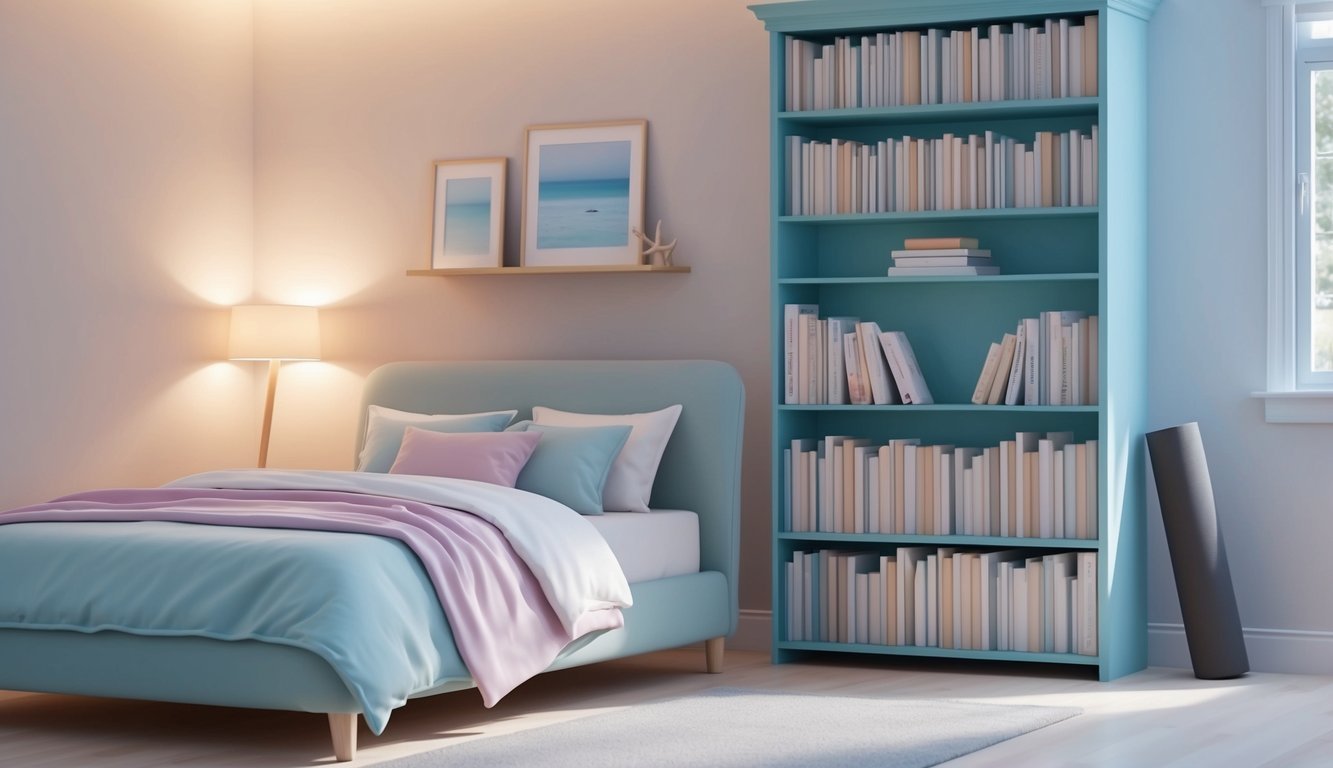
I often find that managing stress helps me sleep better at night.
Relaxation techniques can be a game changer in winding down before bed.
One method I like is deep breathing.
Taking a few moments to inhale deeply and exhale slowly really calms my mind and body.
It’s incredible how a few minutes of focus can make a difference.
Progressive muscle relaxation also works wonders for me.
I start from my head and tense each muscle group for a few seconds, then release.
This helps me notice where I’m holding tension and allows me to let it go.
I find this technique especially helpful after a long day or an intense workout.
It prevents soreness and stiffness, which can sometimes be a sign of not getting enough workout recovery.
By practicing this regularly, I feel more relaxed and in tune with my body’s needs.
Visualization is another technique I enjoy.
I picture myself in a peaceful place, like a beach or a quiet forest.
Imagining soothing scenes helps my thoughts settle down.
I’ve also tried guided imagery, listening to relaxing audio that takes me on a calming journey.
It keeps my mind from wandering and helps me feel relaxed.
These techniques are simple but effective.
Integrating them into my nightly routine has made a significant difference in my sleep quality.
8) Consider White Noise or Nature Sounds
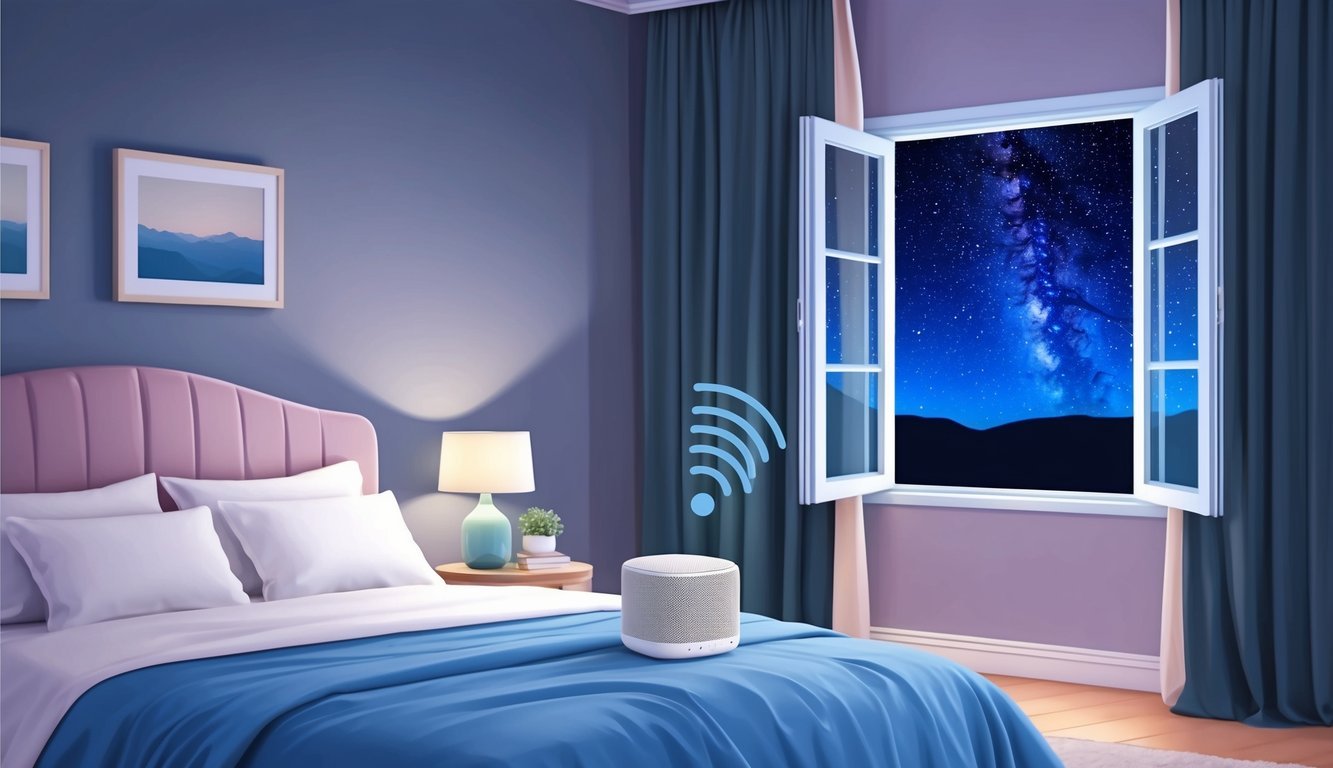
I’ve found that white noise can be a game changer for my sleep.
It masks background noises that might wake me up during the night.
If I’ve spent time in noisy environments, like a city, I often need that steady sound to help me drift off.
Setting up a white noise machine can be simple.
I usually place it a bit away from my bed and keep the volume low.
It’s also helpful to use it only when I need it to fall asleep, rather than relying on it all night.
Nature sounds are another option I really enjoy.
I love listening to sounds like birds chirping or gentle rain.
They create a calming atmosphere that helps me relax before bed.
Mixing different sounds or sticking to one I love can really enhance my nighttime routine.
Whether it’s white noise, pink noise, or nature sounds, I’ve found that using these can significantly improve my sleep quality.
Understanding Sleep Cycles
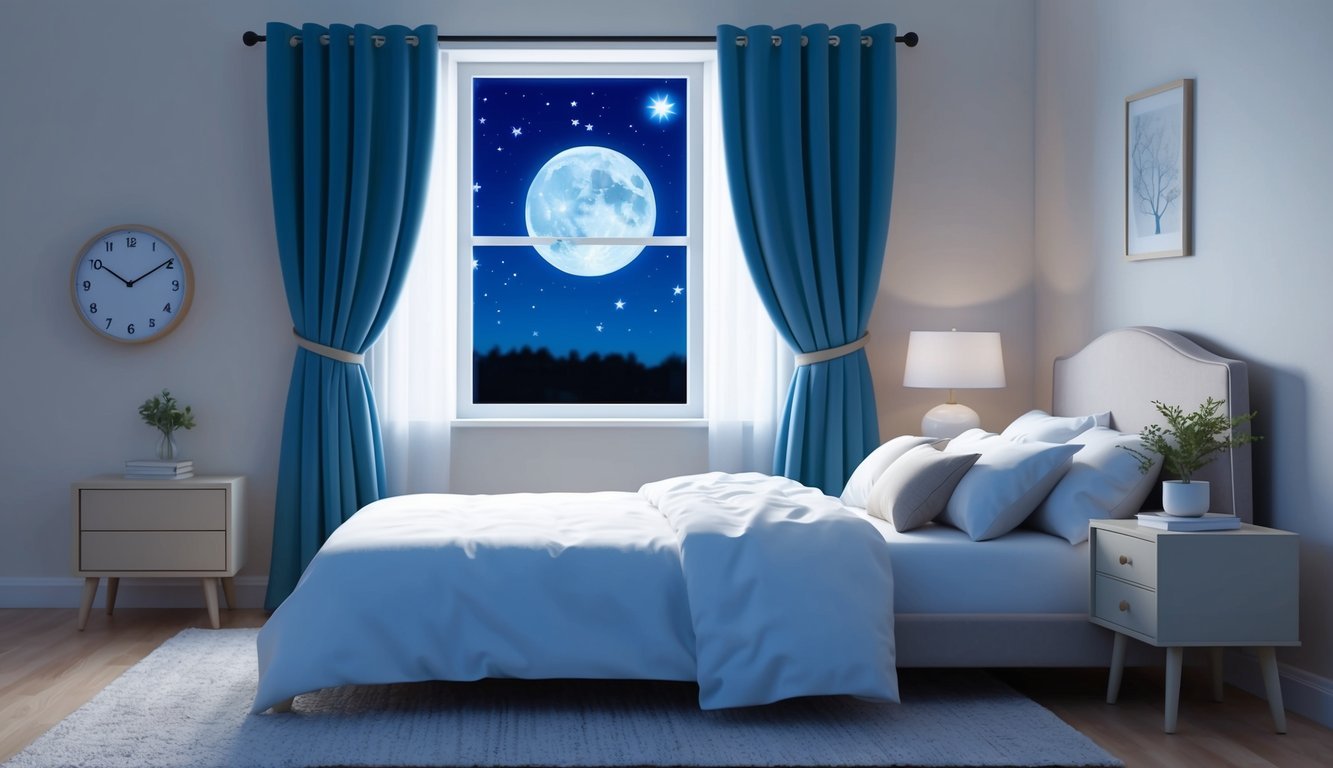
Sleep cycles play a crucial role in how well I rest at night.
Understanding these cycles helps me optimize my sleep for better quality and a refreshed feeling in the morning.
Key aspects include the different sleep stages and the importance of REM and non-REM sleep.
The Role of REM and Non-REM Sleep
Sleep is divided into two main phases: REM (Rapid Eye Movement) and non-REM sleep.
-
Non-REM Sleep: This includes three stages, with the first stage being light sleep and the last being deep sleep. Deep sleep is essential for physical restoration, as my body repairs tissues and strengthens the immune system during this phase.
-
REM Sleep: This stage occurs approximately every 90 minutes and is crucial for mental restoration. During REM, my brain is highly active, processing memories and emotions. It’s also when most dreaming occurs.
Both phases are necessary for a balanced sleep cycle, promoting physical, mental, and emotional well-being.
How Sleep Stages Affect Quality
Each sleep stage serves a distinct purpose in determining sleep quality.
- Stage 1: Light sleep where I drift in and out, which acts as a transition point.
- Stage 2: My heart rate slows and body temperature drops, preparing me for deeper sleep. This is where sleep spindles occur, which may aid in memory retention.
- Stage 3 (Deep Sleep): This stage is critical for body recovery. It’s harder to wake up during this phase, which is good for feeling refreshed.
- REM Stage: This stage is essential for cognitive function. If I wake up during or shortly after REM, I often feel groggy and disoriented.
Understanding these stages allows me to prioritize my sleep for more restorative nights.
Creating a Sleep-Friendly Environment
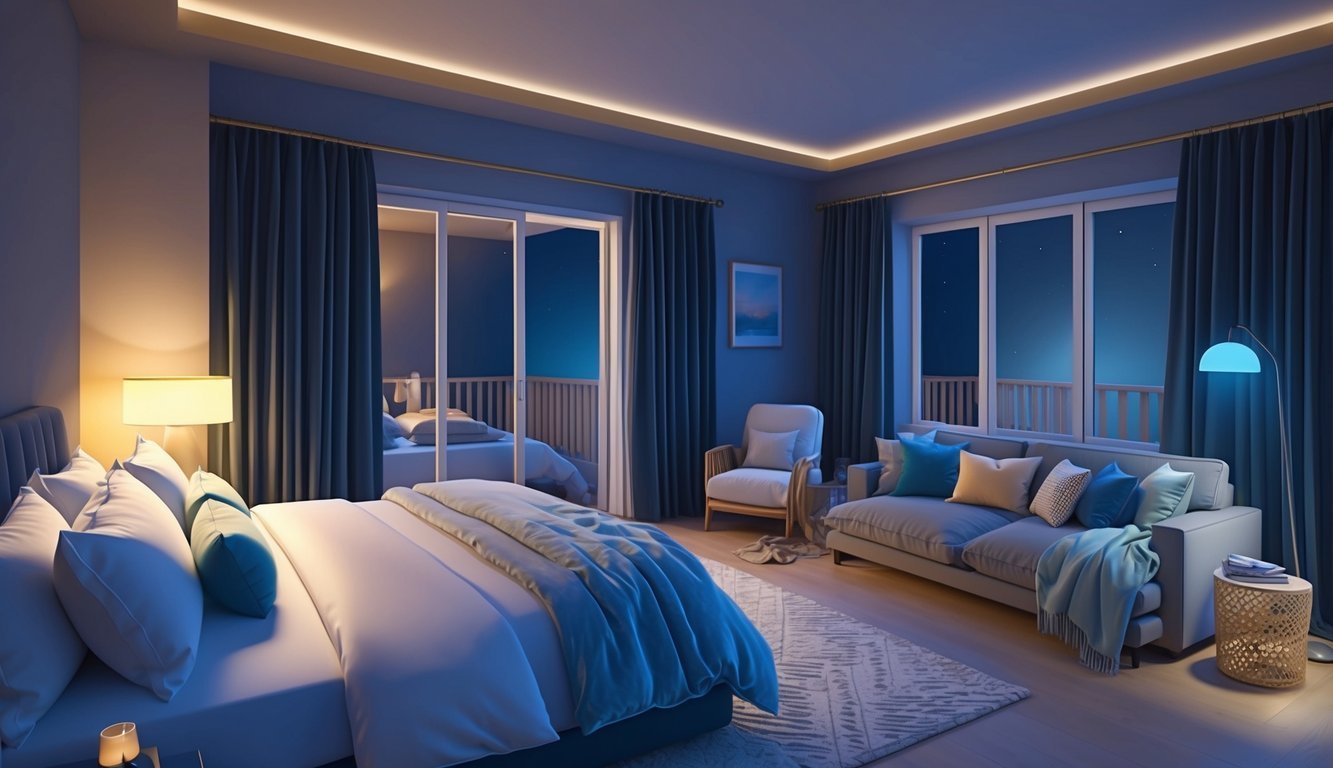
A cozy sleep environment can really make a difference in how well I rest at night.
It’s all about getting the right mattress and pillows, along with setting up my space to keep things comfortable.
Choosing the Right Mattress and Pillows
Finding the perfect mattress can feel like an adventure.
I know I need to consider my preferred sleeping position.
For side sleepers, a medium to soft mattress helps cushion my shoulders and hips.
Meanwhile, back sleepers often benefit from a firmer surface to support the spine.
Pillows are just as crucial.
I like to choose one that supports my neck without pushing my head too high.
Memory foam or adjustable options let me customize the height.
It’s also worth looking into hypoallergenic materials if allergies are a concern.
Optimizing Room Temperature and Lighting
Temperature plays a big role in my sleep quality.
I aim for a cool bedroom, usually between 60-67°F (15-19°C).
To keep it comfortable, I use fans or air conditioning in warmer months.
During the colder months, I layer blankets to help regulate warmth.
Lighting also affects how quickly I drift off.
I prefer soft, warm lighting in the evening.
Blackout curtains can block outside light, creating a cozy cave-like atmosphere.
If I can’t control the light levels, using an eye mask can help.
Combining these elements helps create a serene space for optimal rest.

